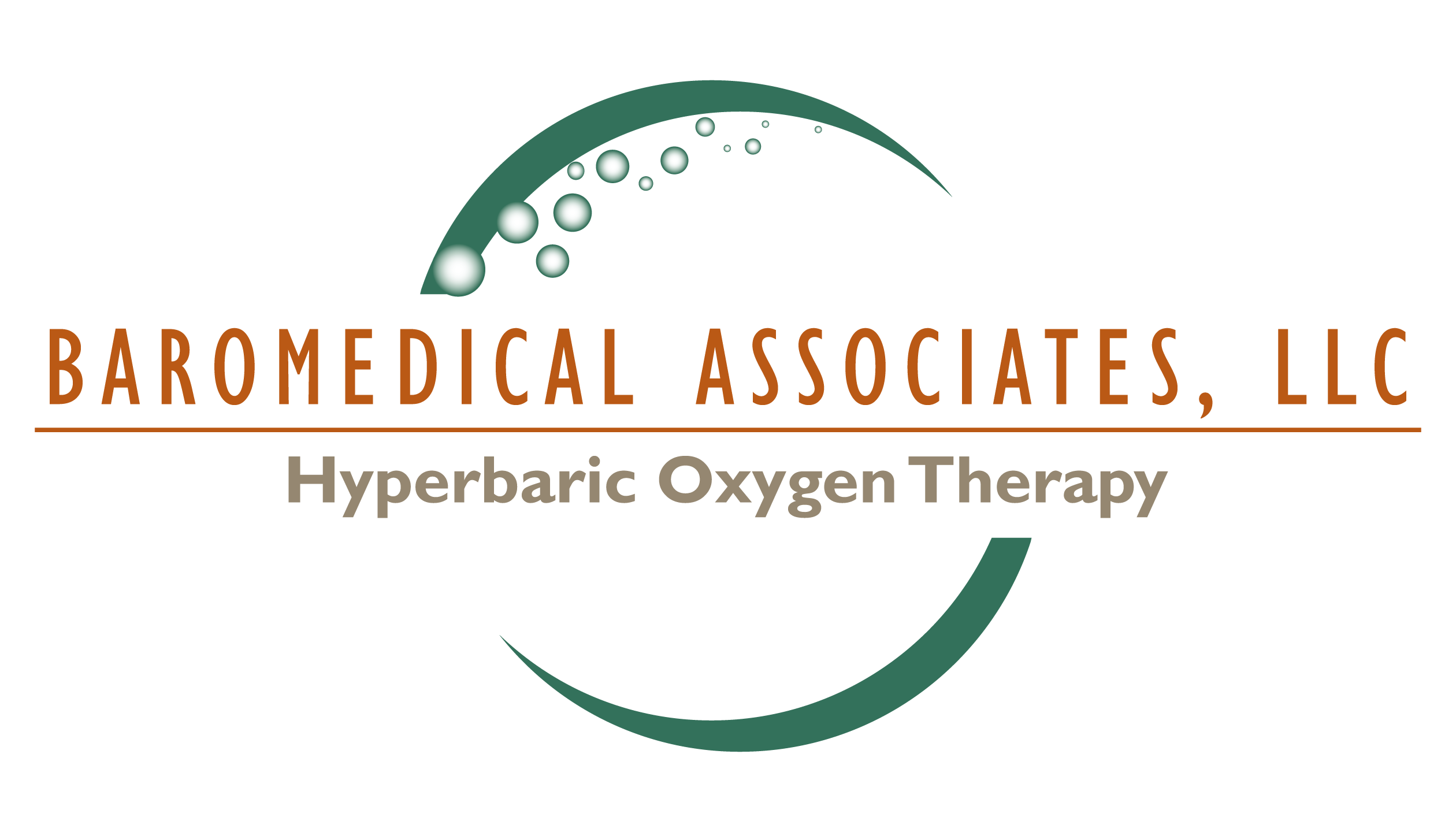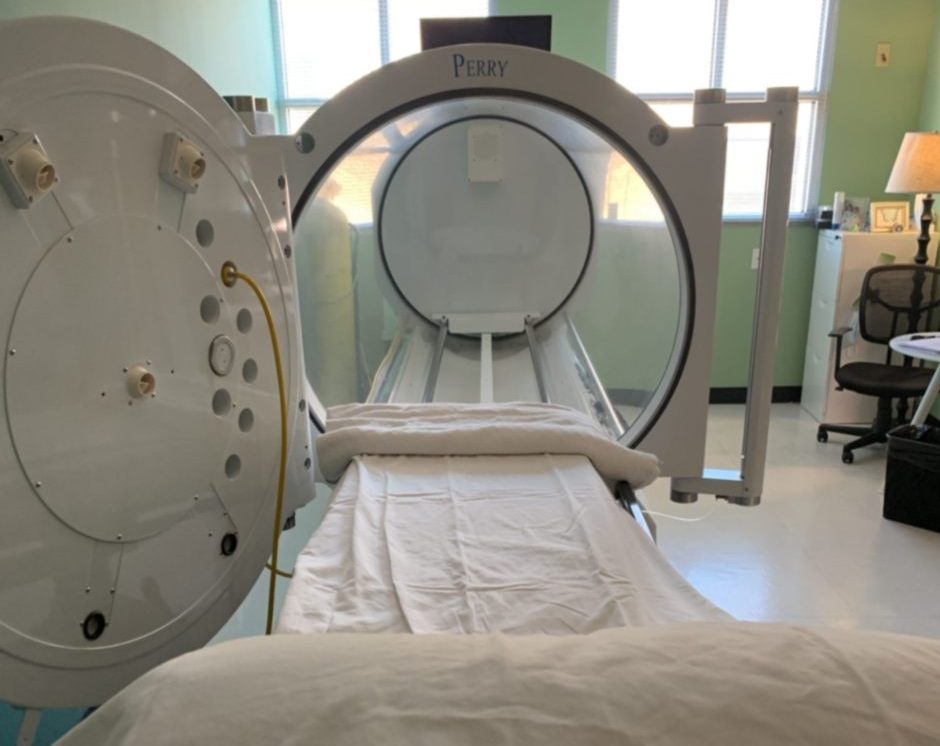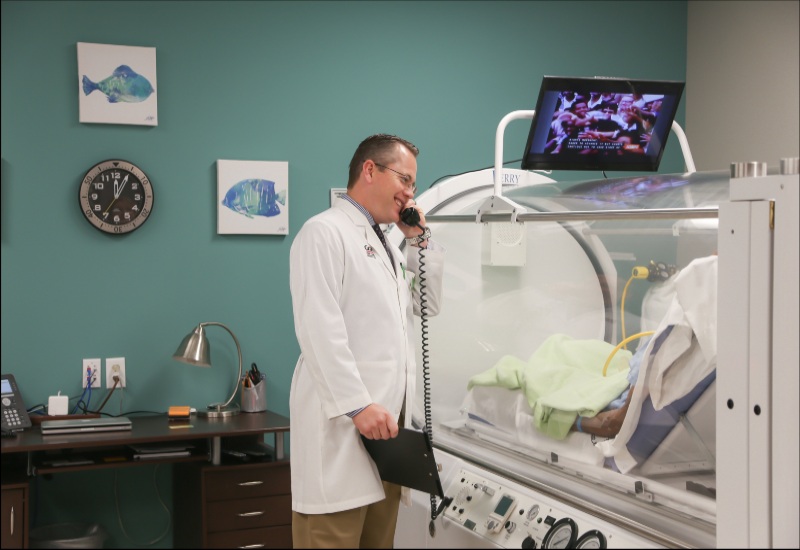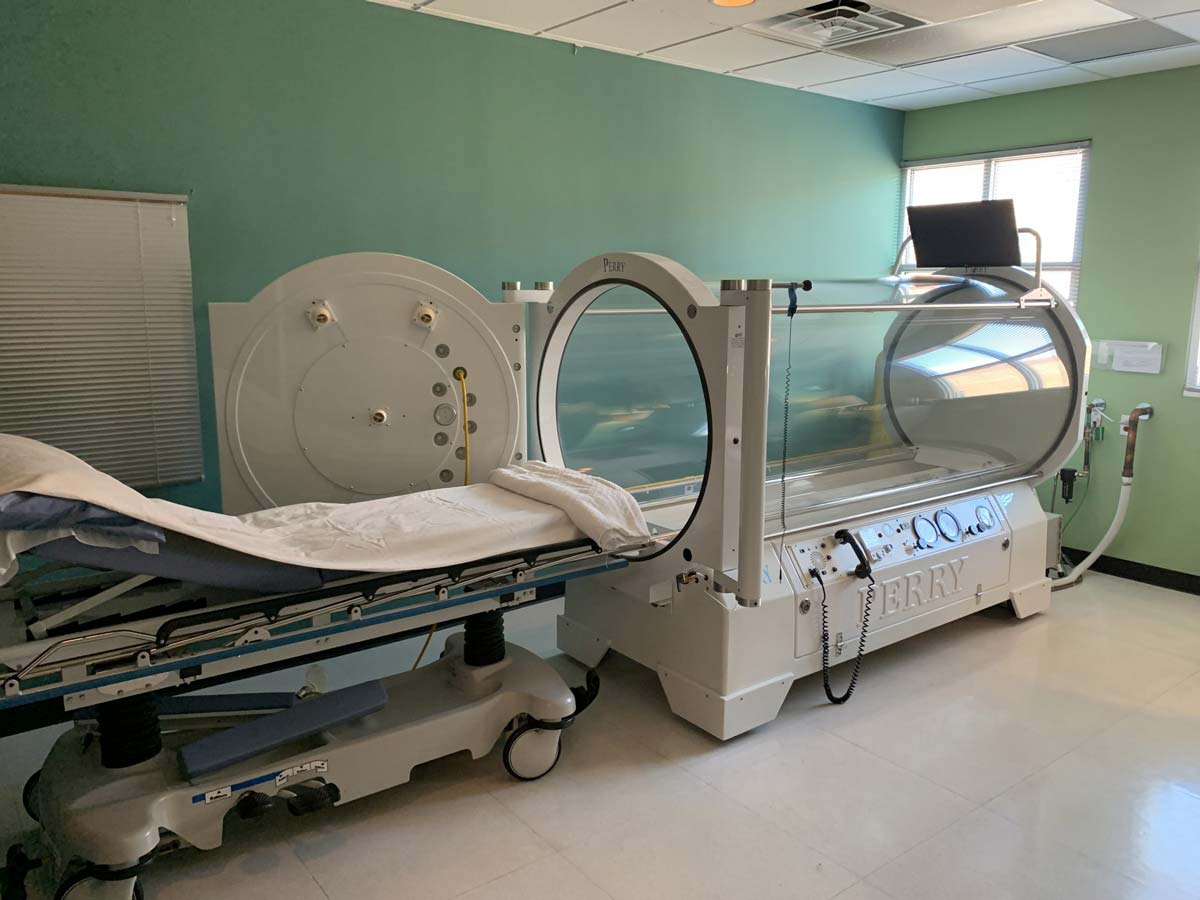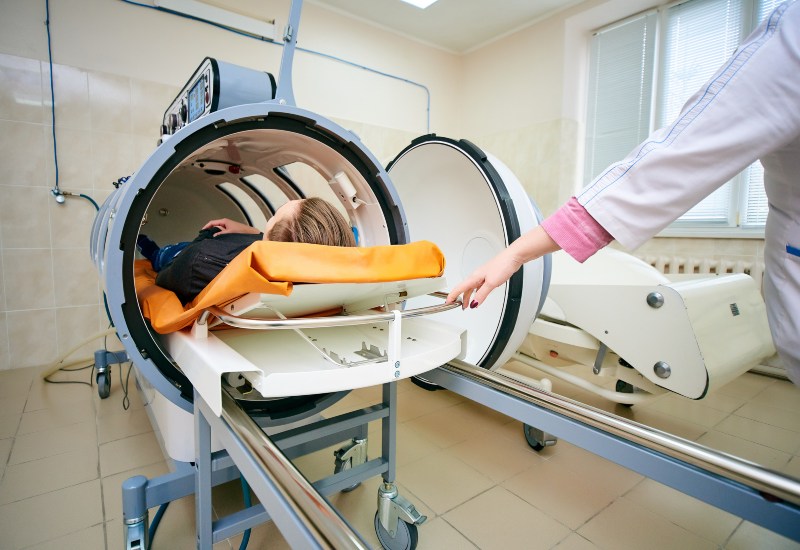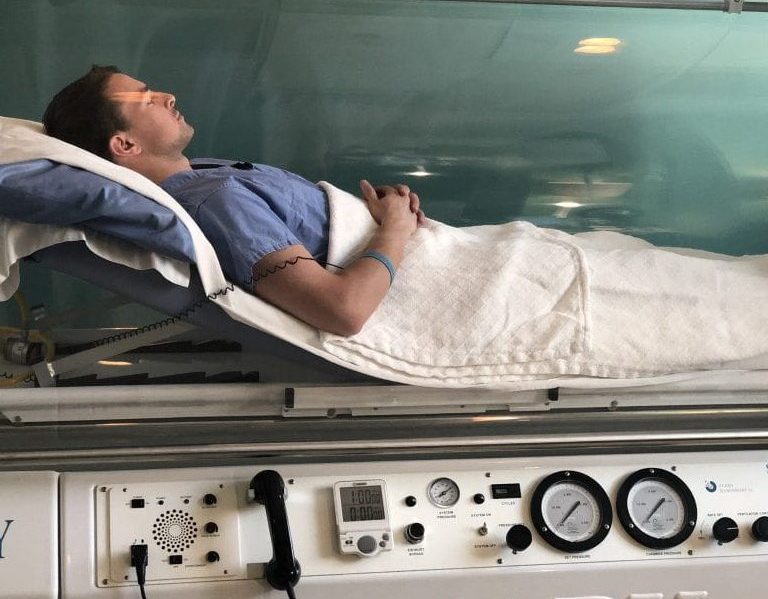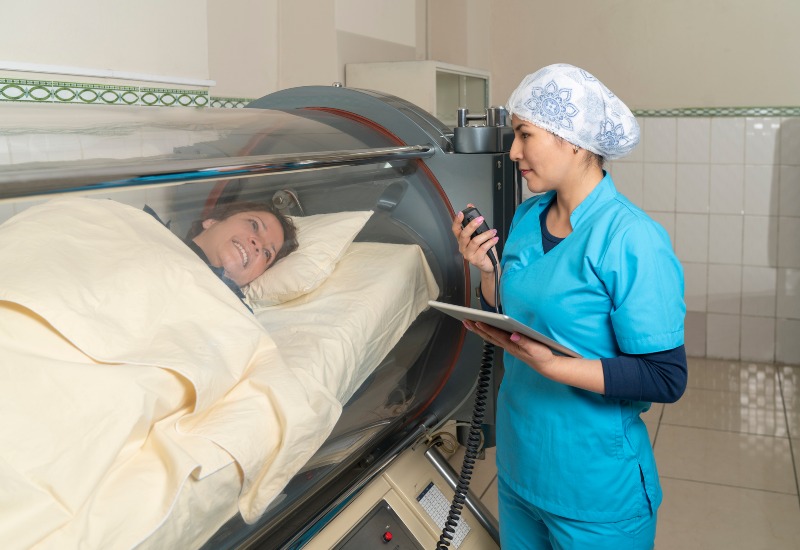Radiation necrosis (RN) of the brain is a challenging condition to manage, often leaving brain cancer patients and their families searching for effective treatments. Hyperbaric oxygen therapy (HBOT) is a promising option. Explore how HBOT works and its potential benefits for those suffering from radiation-induced brain injuries.
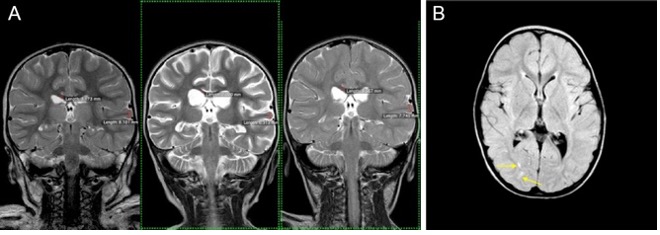
Understanding Hyperbaric Oxygen Therapy
HBOT involves breathing pure oxygen in a pressurized chamber. This process significantly increases blood oxygen levels, which, in turn, improves the oxygenation of tissues affected by radiation therapy. Since oxygen is crucial for repairing damaged tissue, HBOT shows great promise as a brain RN treatment.
The Impact of HBOT on Radiation Necrosis of the Brain
In a Cambridge study conducted over a decade, patients with symptomatic brain radiation necrosis received HBOT with encouraging results. Twelve out of 13 patients reported clinical improvement, and half showed radiological improvements or stability. This study highlights HBOT’s potential for reducing brain RN symptoms and stabilizing the condition.
Another study from the University of Nebraska Medical Center examined 10 patients who underwent HBOT following radiation therapy. All 10 patients reported significant improvements in their clinical symptoms.
In addition, a specific case of a 68-year-old man who underwent HBOT for brain radiation necrosis showed notable improvement. This patient had previously received stereotactic radiosurgery and steroids, but he only made substantial progress after receiving hyperbaric oxygen therapy.
Benefits of HBOT for Brain Radiation Necrosis
Why is hyperbaric oxygen therapy effective against brain RN? It’s all thanks to the multifaceted outcome of increased blood oxygen levels:
- Improved oxygenation in affected brain tissues: HBOT enhances the oxygen supply to damaged brain tissue, promoting faster regeneration and repair.
- Potential reduction in swelling: Increased oxygen levels help reduce swelling (edema) in the brain, alleviating pressure and decreasing symptoms like headaches, nausea, and cognitive difficulties.
- Enhanced neurological function: With better oxygenation, brain cells can recover more efficiently, potentially restoring neurological functions impaired by radiation necrosis. This translates to improved cognitive abilities, better motor skills, and enhanced brain function.
- Prevention of further tissue damage: HBOT helps prevent radiation necrosis from progressing. Nurturing the brain with a high concentration of oxygen helps maintain the vitality of surrounding healthy tissues, thus preventing them from undergoing necrotic changes as radiation therapy continues.
- Minimally invasive with few side effects: Most patients tolerate hyperbaric oxygen therapy well, with fewer side effects and contraindications than other radiation necrosis treatments.
- Supportive care for radiation-induced brain injuries: HBOT’s role as supportive care for brain RN is becoming increasingly recognized. Its ability to safely boost blood oxygen levels makes it a compelling option for patients who have tried conventional treatments with little success.
Why Choose Baromedical Associates, LLC
At Baromedical Associates, LLC, our certified technicians and multi-disciplinary physicians are here to help you regain your vitality and well-being following radiation-induced tissue damage to the brain. Our patients receive personalized care in FDA-approved, single-person hyperbaric chambers. We’re proud to be at the forefront of HBOT innovation and are recognized for our experience treating children and international patients. Begin treatment at one of four convenient locations in the Dallas Metro area and see how hyperbaric oxygen therapy can improve your health. Contact us today for more information.
